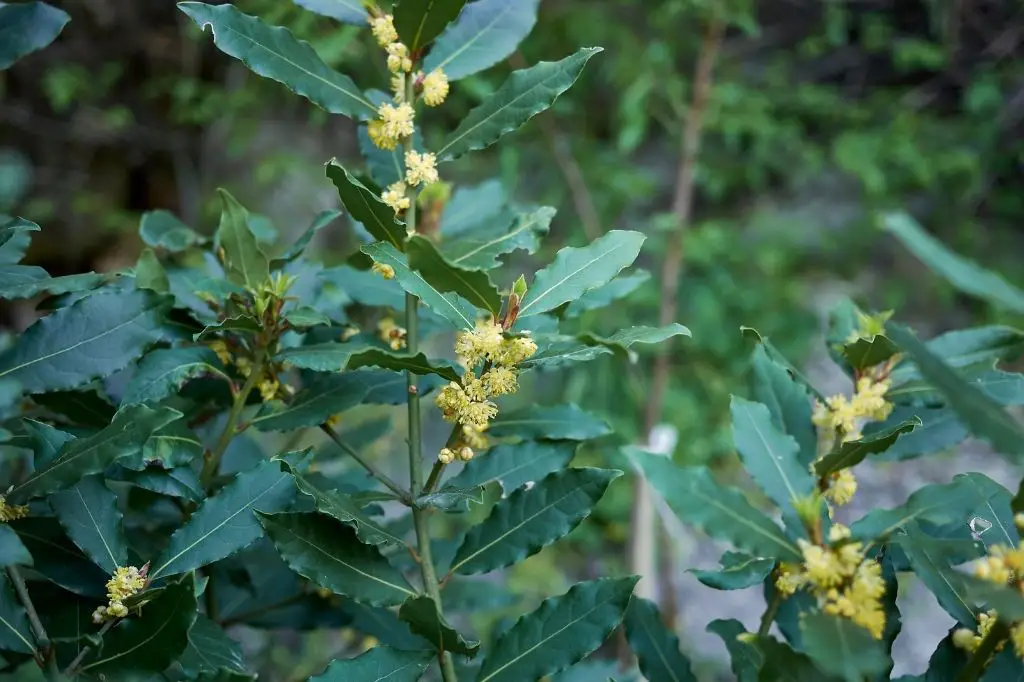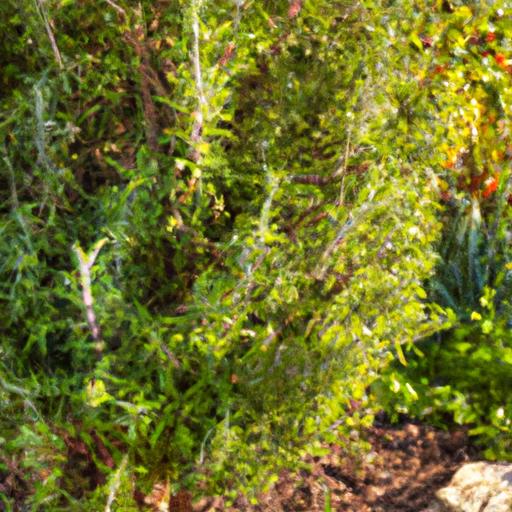Dill, with its incredible medicinal properties, is a prized herb that offers a multitude of benefits. From reducing the risk of stroke, cholesterol, and heart disease to soothing the stomach with its anti-inflammatory properties, dill is truly a gem to have in your yard. However, if you find yourself wondering why your dill is turning yellow, worry not! We have the answers you need.
Why is My Dill Turning Yellow?
1. Excess Watering and Lack of Drainage
While watering is crucial during the early stages of growth, dill is a resilient plant that can survive without excessive watering or fertilized soil. Overwatering can actually have a detrimental effect on dill, causing its leaves to turn yellow. Ensure that you are providing just the right amount of water – approximately two inches per week – to maintain optimal growth. Additionally, make sure your dill has proper drainage to avoid root rot.
Solution: If your dill is in a pot, check the drainage holes to ensure they are clear. Adjust your watering schedule to prevent overwatering. Remember, understanding the needs of your dill plant is key to keeping it healthy.
2. Sunlight
Dill thrives in bright sunlight and requires approximately 6 to 7 hours of exposure each day. Indoor cultivation is not suitable for dill, so if you are growing it in a pot, make sure to place it in an area where it can receive ample sunlight. Even in your yard, ensure that your dill plant is in a location that provides sufficient sunlight. Inadequate sunlight can cause the leaves to turn yellow.
Solution: If your dill is not receiving enough sunlight, consider relocating it to a spot where it can bask in the sun’s rays.
3. Excess Fertilizer
While fertilizing your dill can boost its growth, excessive use of fertilizer can backfire and harm the plant. Over-fertilization can lead to salt build-up in the soil, which in turn causes the leaves to turn yellow. It is important to use the right amount of fertilizer to ensure the health of your dill plant.
Solution: Use a measuring spoon to add the appropriate quantity of fertilizer to the soil. Keeping track of your dill plants’ fertilization needs can be helpful if you have multiple plants.
4. Pest Attacks and Iron Deficiency
Pests, fungal infections, and iron deficiency can all contribute to the yellowing of dill leaves. Aphids, carrot motley dwarf, cercospora leaf blight, and root-knot nematodes are common culprits that can cause yellowing. Iron deficiency is more common in greenhouse environments and is typically caused by a lack of iron in the organic soil.
Solution: Address these issues by adding iron supplements to the soil and using organic neem oils to combat pests and insects. For fungal infections, ensure adequate sunlight and reduce moisture in the soil. Consider applying fungicide if necessary.
5. End of Season
If none of the above reasons seem to be the cause of your dill turning yellow, it may simply be the end of the season. All plants have their specific growth periods, even in greenhouses. Factors such as changes in humidity or moisture stress during autumn and winter can affect crops inside greenhouses and aquaponics systems.
Solution: Harvest organically grown dill at the end of the season. Keep in mind that dill loses its flavor easily, so store it properly and promptly. If you have a greenhouse, ensure that the environment and humidifier are suitable for the crops you are growing, maintaining adequate moisture in the soil.
In conclusion, it is crucial to be mindful of watering, soil feeding, sunlight exposure, and environmental factors to address the issue of yellowing dill. If you are still facing difficulties, feel free to leave a comment below, and we will provide you with a customized solution. Happy gardening!



